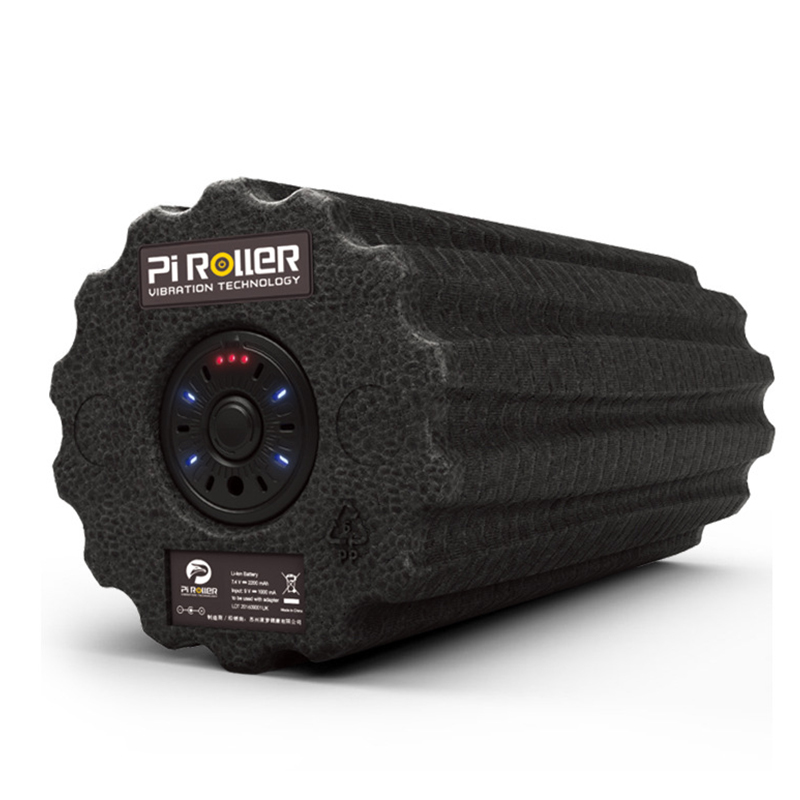The question is whether it acts as a performance booster, a recovery booster, or both. According to Lee Brown, a sports scientist at California State University, Fullerton, the evidence for the therapy, in general, is that muscles respond to vibration by contracting and relaxing. However, most studies have focused on whole-body vibration rather than the more tailored type these devices provide. According to Brown, the basic vibration process should be the same whether delivered to the entire body or focused on one muscle or body portion at a time.
When it comes to its possible influence before a workout, Brown adds, “the vibration sends signals to the muscle to contract, blood flow to the muscle rises, and it results in a warmer muscle.” He and other researchers have discovered that whole-body vibration is akin to an active warmup, such as a light jog. According to Nicole Dabbs, an associate professor of kinesiology at California State University, San Bernardino, some studies have demonstrated increases in flexibility, power, and strength with this approach. Still, there isn’t enough evidence to make it conclusive.
Then there’s the recovery period. According to Dabbs, research in this area is also confusing. For example, a 2014 review found that it resulted in a slight reduction in muscle soreness. Still, a study conducted just one year later by Dabbs and colleagues found that the scientific support for most treatments (including vibration therapy) used to prevent exercise-induced muscle pain is “inconsistent and underwhelming.” However, several research focusing on targeted vibration has generated intriguing results in applying vibration in hyperspecific settings. One study, for example, focused on downhill running and discovered that it aided runners in recovering faster.
The present corpus of research, while still modest, suggests that acute vibration therapy may aid with range of motion and blood flow, but not so much with recovery. In other words, there is reason to suspect that, despite its potential, further research is needed to understand the efficacy of this medication completely. Dabbs likes the phrase “possible performance tool” over “performance assist” in this context. She says that vibration treatment is unlikely to harm you or your fitness, but you shouldn’t expect it to be a cure-all based on existing research.
